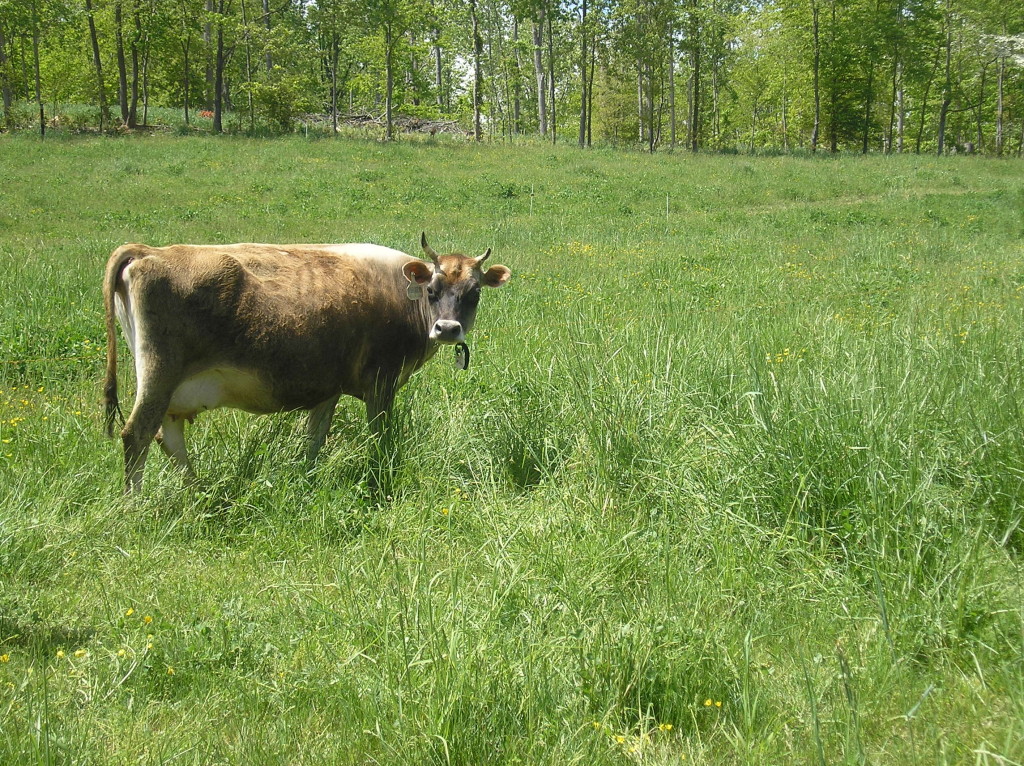At last week’s Nutrition Expo, I shared samples of homemade beef jerky, along with lots of information about how and why to choose sustainable animal-based foods. Choosing sustainable meat, eggs, and dairy, and using all parts of the animal—from the organs to the bones—can be good for your health and the environment while honoring the life of the animal. I’m sharing my beef jerky recipe below, along with a list beneficial nutrients you’ll find in sustainable animal-based foods and a list of harmful components to avoid in conventional animal-based foods.

What is Sustainable?
Sustainable animal-based foods come from cows, bison, lambs, and goats raised on plentiful, open pasture and fed grass and hay; pigs free to root in the earth and fed a variety of healthy table scraps; and chickens and turkeys encouraged to roam fields to graze on bugs. Choose sustainable animal-based foods for their higher quantities of…

What is Conventional?
Conventional animal-based foods come from cows, pigs, chickens, and any animal raised in confinement, in small cages or crowded warehouses, without exposure to sunlight, fed genetically modified and pesticide-laden grains and unnatural waste products, injected with hormones and antibiotics, and inhumanely slaughtered. Avoid conventional animal-based foods for their higher quantities of…

Beef Jerky Recipe: Preservative-Free, Nitrate-Free
Ingredients
Meat
2 lbs. lean beef, such as eye round, bottom round, or flank steak
Marinade
1/2 cup tamari
1 chipotle pepper in adobo sauce, minced
1 tbsp. honey
1 1/2 tsp. ground ginger
1/2 tsp. ground black pepper
Instructions
Stir marinade ingredients together in a small saucepan, and simmer at medium-low heat for 10–15 minutes. Meanwhile, trim any fat and gristle from the beef, and slice into uniform 1/8–1/4-inch-thick pieces. Transfer to a storage dish, pour the marinade over the beef, and toss with your hands. Refrigerate the marinating beef for at least 1 hour and up to overnight.
Remove the beef from the refrigerator, and set it onto the trays of a dehydrator in a single layer, making sure to flatten out any pieces that have folded over. Dehydrate at 160˚F until the beef is dried out but still slightly pliable. The dehydration time will depend on several factors, including the humidity level of the room, the thickness of the beef, and the idiosyncrasies of your particular dehydrator.
Remove the dehydrated beef from the dehydrator, and place between paper towels to absorb any residual moisture. Properly dehydrated beef is shelf stable. For longest storage, store in an air-tight container wrapped between paper towels in the refrigerator.




